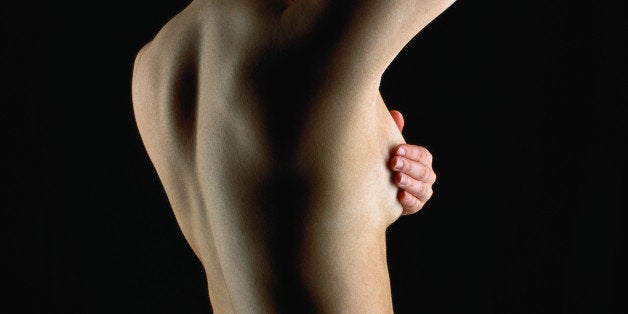
Elisa Port, MD, FACS
Associate Professor, Surgery
Co-Director, Dubin Breast Center
The Mount Sinai Hospital
Breast cancer is the most common cancer in American women. When a woman is diagnosed with this disease, one of the most difficult decisions she may face is how to treat it, for medical considerations are only part of the equation. Because of advances in imaging and surgery techniques, this type of cancer is one of few today where a patient's personal preference carries significant weight in the treatment decision-making process.
The Medical Decision
With recent improvements in breast imaging technology, such as a new 3D technique called digital tomosynthesis, we are able to detect smaller cancers earlier. Breast surgery techniques have consequently evolved to the point where we are able to perform less invasive procedures that offer the same level of success as that of mastectomy (surgical removal of the breast) in curing cancer.
When discussing treatment, my job as a breast surgeon is to tell my patients what we think the safest options are medically for their particular case. For some women, we may advise one treatment over another. For example, if a woman's breast has multiple, separate areas of cancer, breast-conserving lumpectomy -- where we remove just the tumor and some surrounding tissue -- may not be medically feasible. Alternatively, if a woman has serious medical problems, we may only be able to do a small lumpectomy surgery because it is less invasive than mastectomy and requires less anesthesia and recovery time.
Barring certain medical factors, however, the patient's preference drives the course of treatment in many cases. It is a personal choice that has significant implications for the patient, as it may affect her appearance, how she feels about her body, and how she thinks of herself as a woman.
The Personal Decision
Today, more women diagnosed with cancer in one breast are choosing to have a double mastectomy, due to the understandable fear that they have a high risk of developing cancer in the other, healthy breast. This is a misconception worth demystifying.
A woman's risk of developing cancer on the other side is actually low -- only about 0.5 percent a year, or 5 percent over the ensuing 10 years. That, coupled with the close watch we keep on her breast health, means that the development of life-threatening cancer in the healthy breast is extremely unlikely. In fact, a large study recently published in The Journal of the American Medical Association found that for women with early-stage unilateral breast cancer (cancer on one side), a double mastectomy (removal of both breasts) rather than lumpectomy with radiation in the diseased breast in no way increased their chances of survival.
Lumpectomy
While having accurate information about cancer survival is important, there are other factors a woman may consider when making her personal choice about cancer treatment. Some things to think about when considering lumpectomy include:
- It is a smaller, less invasive surgery than mastectomy, with shorter recovery time and less disfigurement.
Mastectomy
Factors to consider for mastectomy include:
- It is a major surgery, with a longer recovery time and more disfigurement than lumpectomy.
What About the BCRA Gene?
Actor Angelina Jolie made headlines last year when she announced that she had undergone a preventative double mastectomy after learning the results of a genetic test for hereditary breast cancer. Like Ms. Jolie, a small sub-group of women who inherit a harmful mutation in the BRCA1 or BRCA2 gene (which is found through genetic testing of saliva or blood) are at much higher risk of developing breast cancer. For women with a BRCA mutation who have been diagnosed with breast cancer, the risk of new cancer developing in either breast after a lumpectomy is still high, an important consideration when deciding on the best course of treatment.
Each Case Is Unique
Breast cancer is so common that we all know someone -- a friend, family member, coworker or acquaintance -- who has been diagnosed with it. When women learn they have breast cancer, they feel vulnerable and scared, and naturally seek out information from many sources, including friends and family. The most important thing to remember during this process is that there is no "one size fits all" when it comes to breast cancer treatment. For example, even though your cousin's cancer sounds exactly the same as yours, yours will be different in subtle ways. That's why it is critical to focus on your own particular case and work with a doctor you trust to help you make the best decisions about your care.